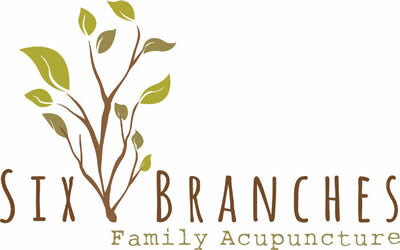Fiber is an important part of our diet for many reasons. The American Dietetic Association recommends that adults eat 20-35 g of fiber a day. When you consider that one apple only has 3 grams of fiber, 35g may seem like an unreachable goal, but fear not, because it actually isn't as hard as it seems, and it doesn't require drinking your grandfather's gritty fiber supplement! These are a few guidelines to keep in mind when you're grocery shopping to help you increase your fiber intake:
Eat more beans and lentils, by far the highest source of fiber in our diet. Substitute beans for meat a few days a week.
Choose whole fruits instead of fruit juices.
Choose whole grains such as brown rice, quinoa, barley, and millet instead of processed breads, pasta, and couscous (which is really a pasta)
Choose high-fiber, whole grain breads such as whole wheat or European-style bread (this bread makes delicious toast)
Choose a high-fiber cereal such as Kashi Go Lean! Crunch, or Fiber-One.
Buy high fiber snacks such as carrots, snap peas, almonds, walnuts, and fruit
Eat your vegetables! There are many ways to make vegetables taste good. Check out this simple greens recipe from Debra Zambetti's blog, Savor Life.
To help you see how it's actually not that hard to eat 35 g of fiber in a day, I've compiled 2 sample days of fiber-containing foods. Even if you don't eat this way everyday, it's easy to throw an apple and some almonds in your bag to munch on at work instead of hitting the vending machine. Small changes in the choices you make can have big effects on your health.
Sample combinations for a day’s worth of fiber:
Breakfast: Kashi Go Lean Crunch cereal 9 g
(sprinkled with) 1 tsp ground flax seeds 2 g
1 serving Almond milk 1 g
Lunch: your choice of sandwich on
2 slices whole wheat bread 6 g
1 oz roasted almonds 3.3 g
1 medium apple 3.3 g
Dinner: 1 cup brown rice 3.5 g
1 serving lentil stew 6 g1
cup steamed broccoli 3 g
Total fiber = 37.1 g
____________________________________________
Breakfast: 1 Mestemacher sunflower bread 6 g
(toasted, with) 2 Tbsp almond butter 3 g
1 medium banana 3 g
Lunch: bean salad 1 cup (green/yellow/kidney) 6 g
Tabouli salad 1 cup 6 g
Dinner: 1 c brown rice 3.5 g
1/2 c black beans 7.5 g
1 medium tomato diced 1.5 g
1/4 avocado diced 2.5 g
Total fiber = 39 g
Of course, this may not be all you eat in a day, but here you can see that it actually isn't that hard to get a good amount of fiber on a daily basis.
[As a point of reference, here are a few common high fiber foods with their fiber content:
]Kidney beans 8.2 g per 1/2c
Lentils 7.8 g per 1/2c
Black beans 7.5 g per 1/2c
Sweet potato (medium) 4.8 g
Apple (medium) 3.3 g

